The Swedish urban developer Atrium Ljungberg has initiated Stockholm Wood City, the world’s largest urban wooden construction project, in the city of Stockholm. The ambitious project is being built in Sickla, located in the southern and central parts of Stockholm, and covers an area of 250,000 square meters.
The new area houses 7,000 office spaces and 2,000 homes in a vibrant urban environment with a mix of workplaces, housing, restaurants, and shops. Through innovative design, technology, and a strong collaborative culture, a new standard for sustainable construction is being set.
Sickla, a neighborhood that is home to over 400 companies, features a retail park on the former industrial site. The developer describes the area as a “five-minute city,” asserting that workplaces, homes, leisure facilities, and services are all within a five-minute walk of each other.
The advantages of wooden buildings are numerous and tangible, benefiting both the environment and people’s health and well-being. Various research studies have shown that wooden buildings provide better air quality, reduce stress, increase productivity, and store carbon dioxide throughout their lifespan. The use of wood also contributes to quieter construction sites and reduces the amount of heavy transportation during the construction period.
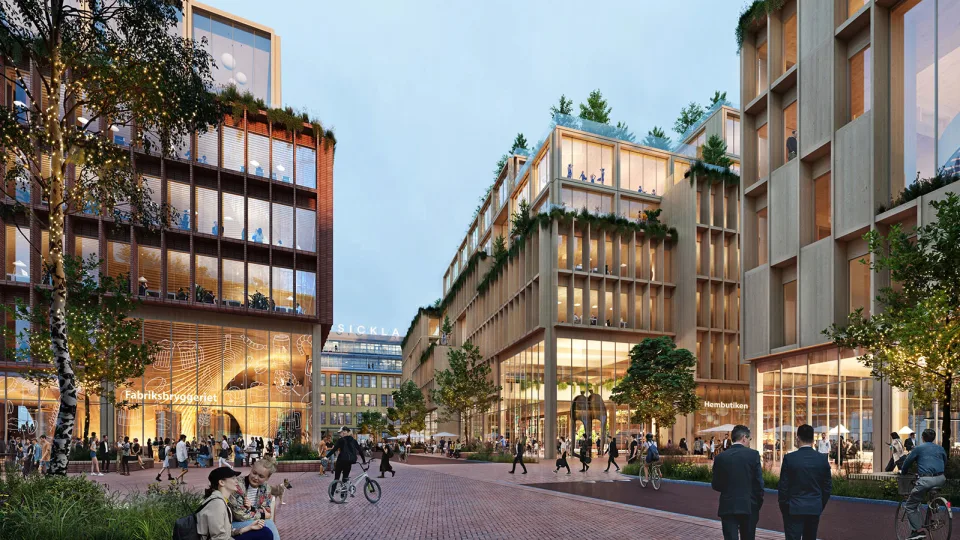
The Wood City of Stockholm will have 7,000 office spaces and 2,000 homes. Courtesy of Atrium Ljungberg
Wood has been promoted as a sustainable alternative to concrete and steel, with ambitious construction projects utilizing wood beyond single-family homes and modest residential or office buildings. However, a mixed-use development of this size would be a “historic milestone for Swedish innovation capability,” according to Annica Ånäs, CEO of Atrium Ljungberg.
Wood is also a “carbon sink,” meaning that carbon dioxide extracted from the air by trees is stored in the material instead of being released back into the atmosphere.
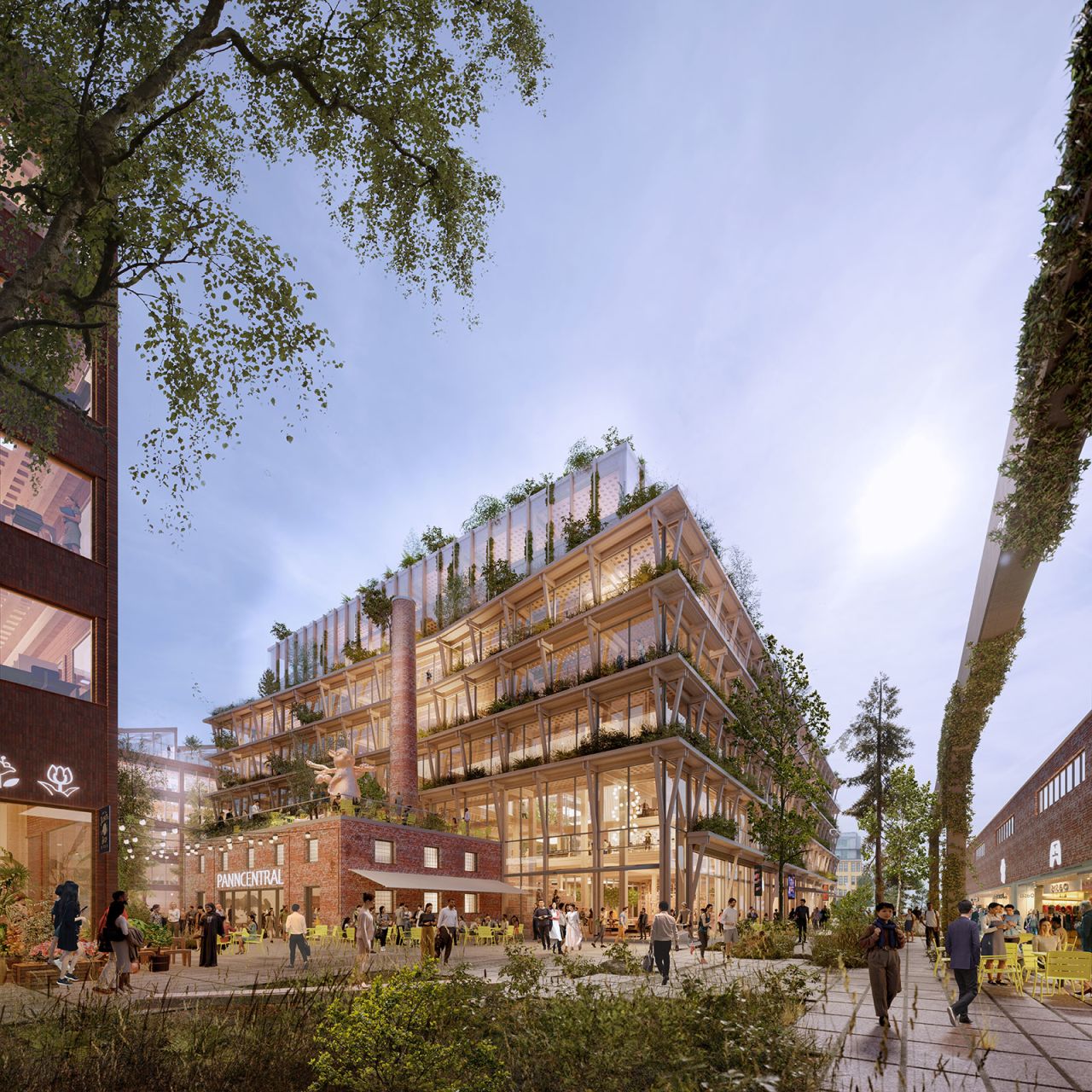
The project will feature elements inspired by nature, such as green roofs and outdoor spaces. Courtesy of Atrium Ljungberg
Wooden buildings have been found to enjoy better indoor air quality and can be constructed with significantly lower carbon emissions than those made with conventional materials. Concerns have been raised about the risks associated with wood, particularly fire risks, but advocates argue that engineered timber burns at a relatively slow and predictable rate, making it safer than many conventional steel structures.
Sickla has set a high bar in terms of sustainability. Stockholm Wood City marks a new era for sustainable architecture and urban development. The project’s climate impact is also minimized through internally produced, stored, and shared energy. Emphasis is placed on internally produced, stored, and shared energy. This is achieved in part through extensive rooftop solar arrays with batteries, along with underground borehole energy storage for heating and cooling.
The first buildings in Stockholm Wood City, which are being designed by architecture firms White Arkitekter and Henning Larsen, are expected to be completed in 2027.


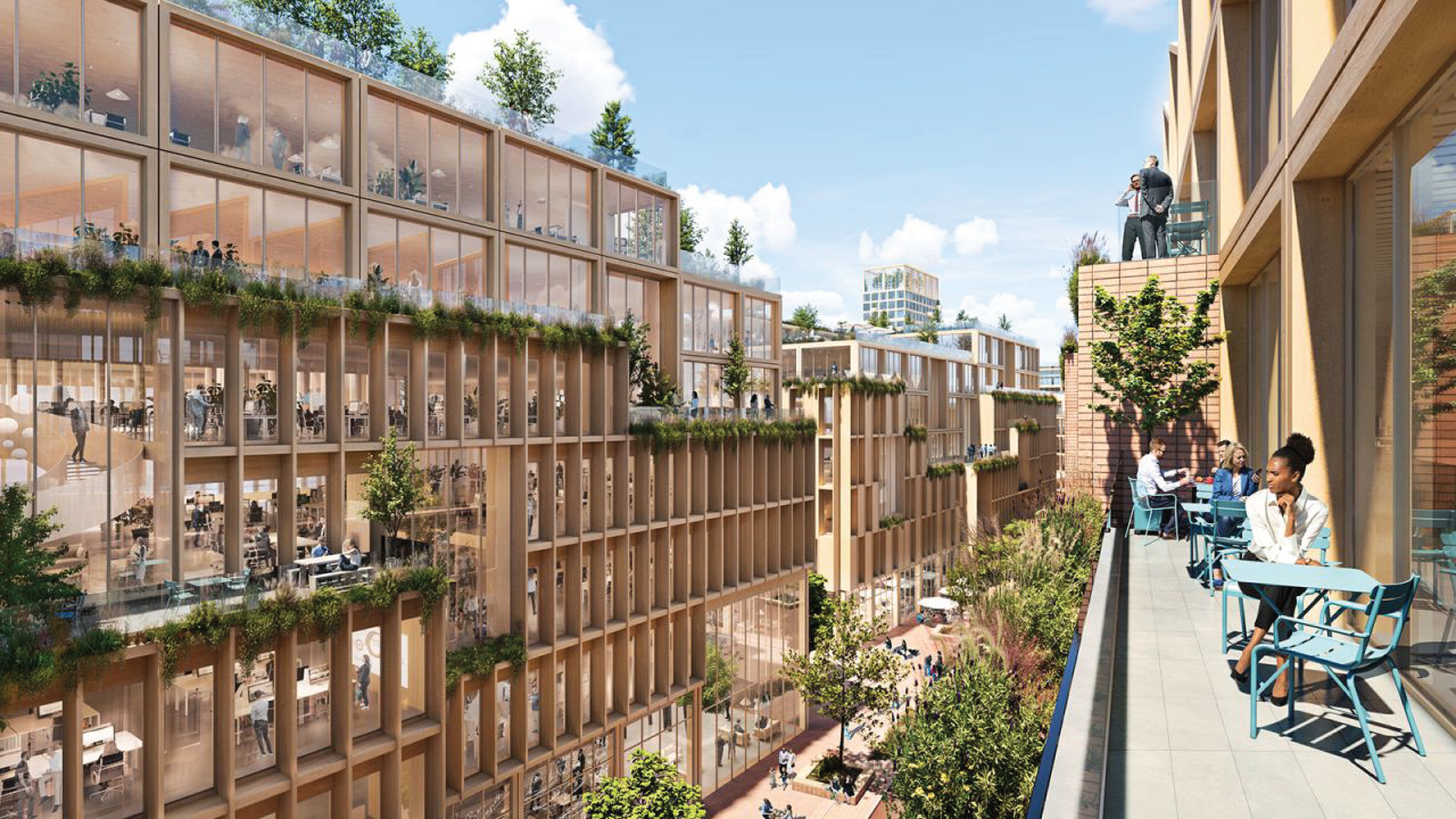
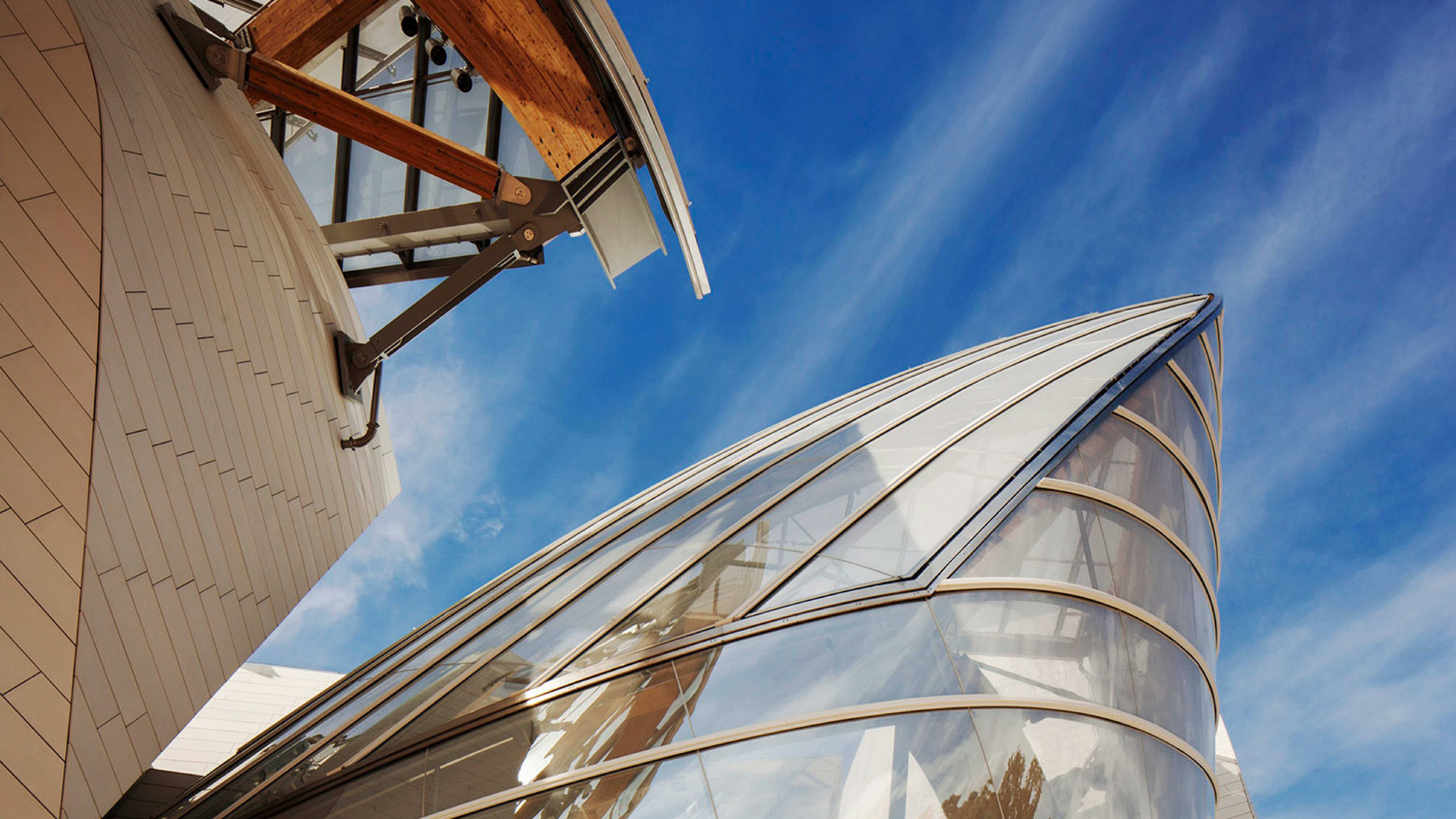
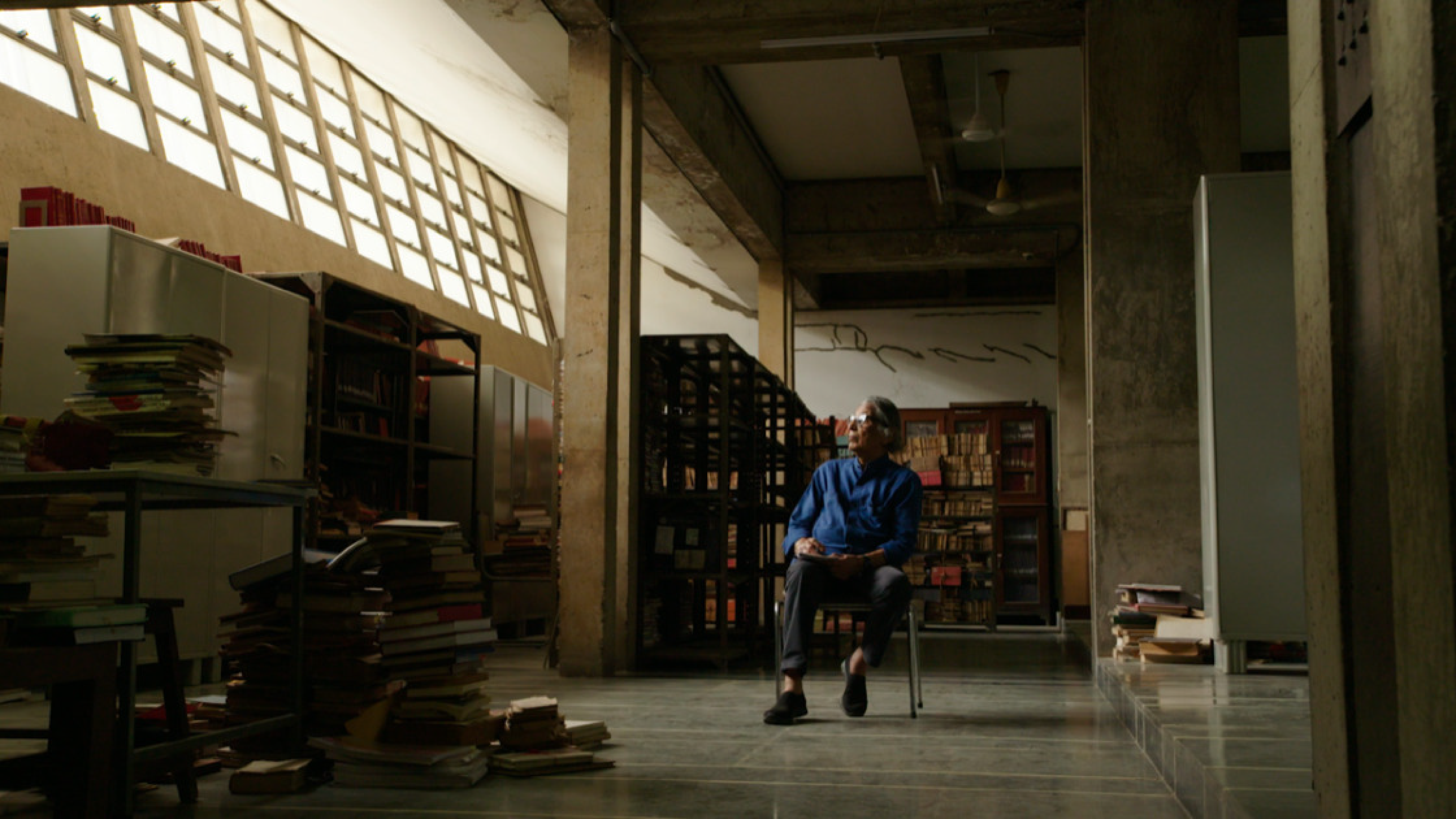
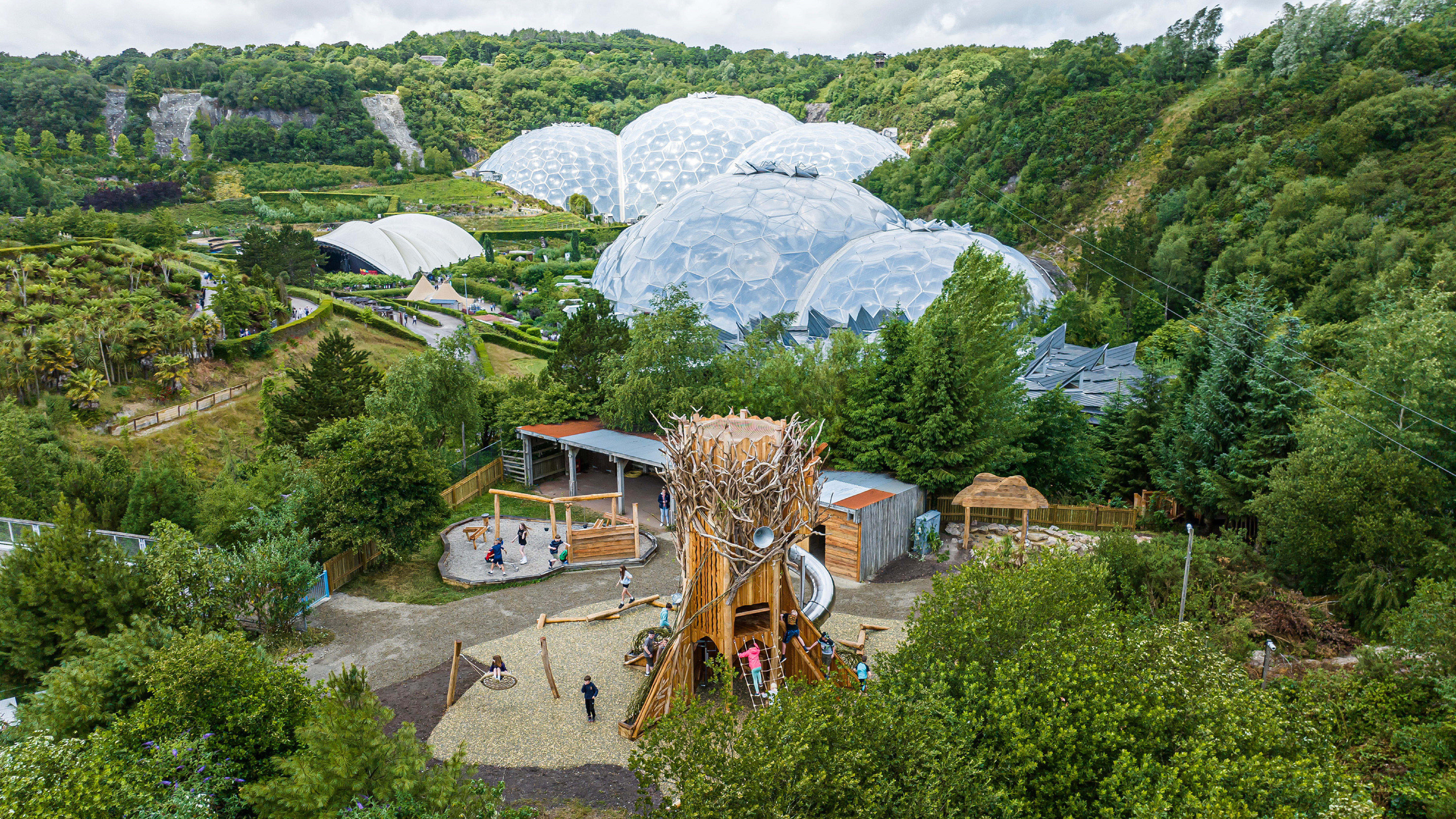
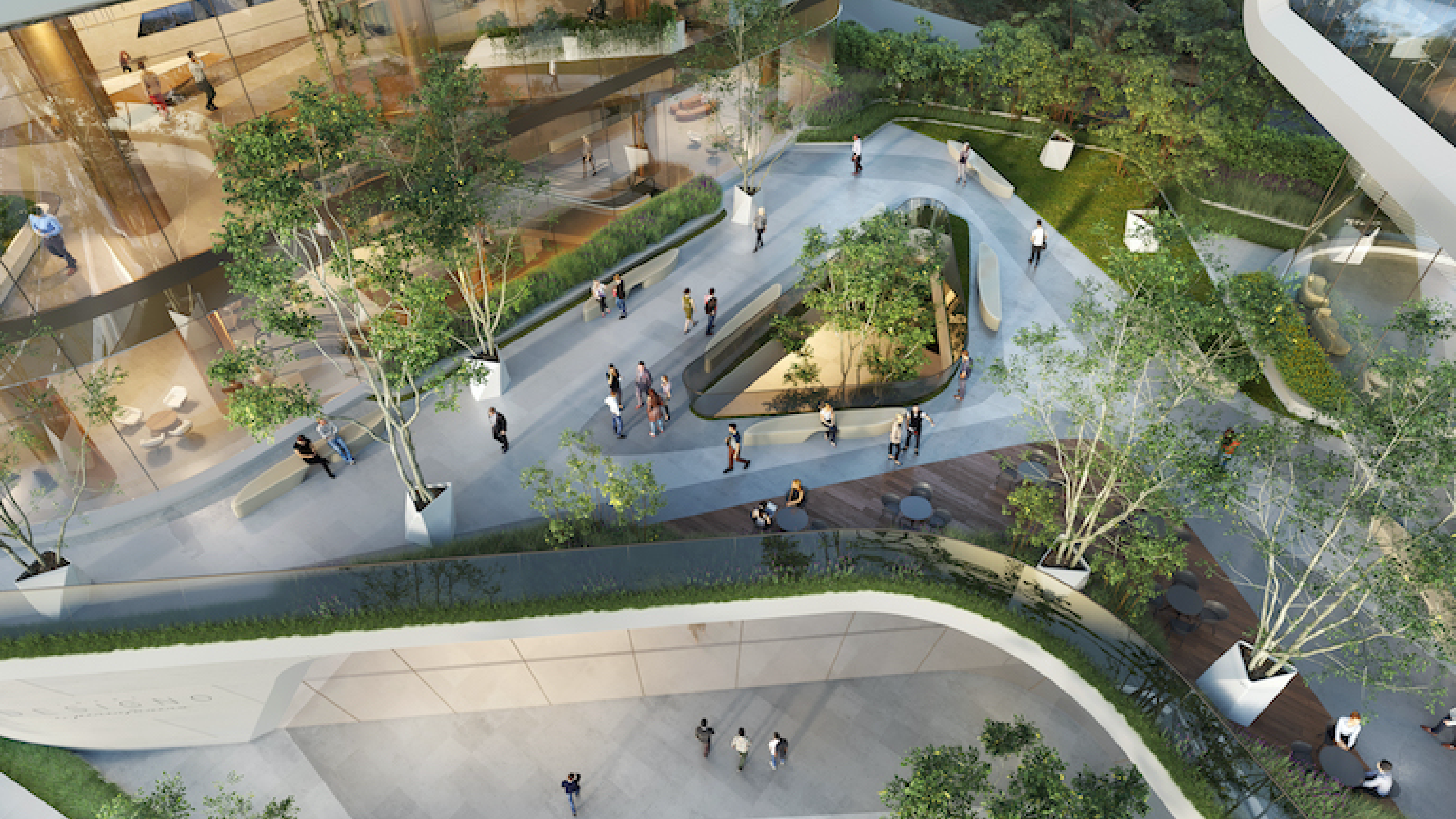
Leave A Comment